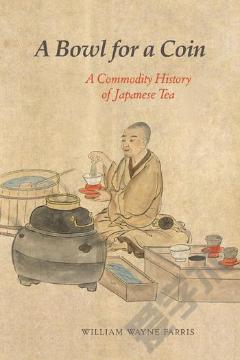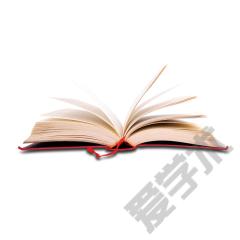A Bowl For A Coin
A bowl for a coin is the first book in any language to describe and analyze the history of all japanese teas from the plant’s introduction to the archipelago around 750 to the present day. To understand the triumph of the tea plant in japan, william wayne farris begins with its cultivation and goes on to describe the myriad ways in which the herb was processed into a palatable beverage, ultimately resulting in the wide variety of teas we enjoy today. Along the way, he traces in fascinating detail the shift in tea’s status from exotic gift item from china, tied to heian (794–1185) court ritual and medicinal uses, to tax and commodity for exchange in the 1350s, to its complete nativization in edo (1603–1868) art and literature and its eventual place on the table of every japanese household. Farris maintains that the increasing sophistication of japanese agriculture after 1350 is exemplified by tea farming, which became so advanced that meiji (1868–1912) entrepreneurs were able to export significant amounts of japanese tea to euroamerican markets. This in turn provided the muchneeded foreign capital necessary to help secure japan a place among the world’s industrialized nations.
{{comment.content}}








 京公网安备 11010802027623号
京公网安备 11010802027623号